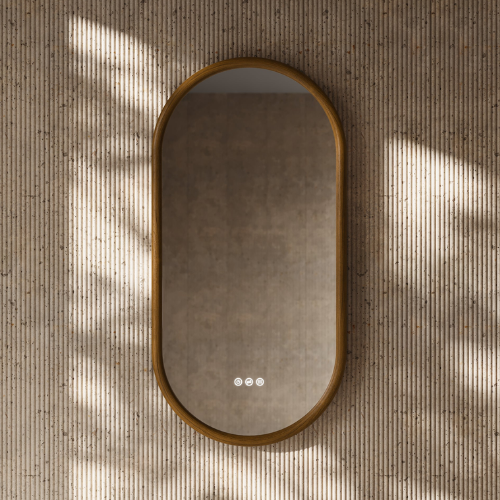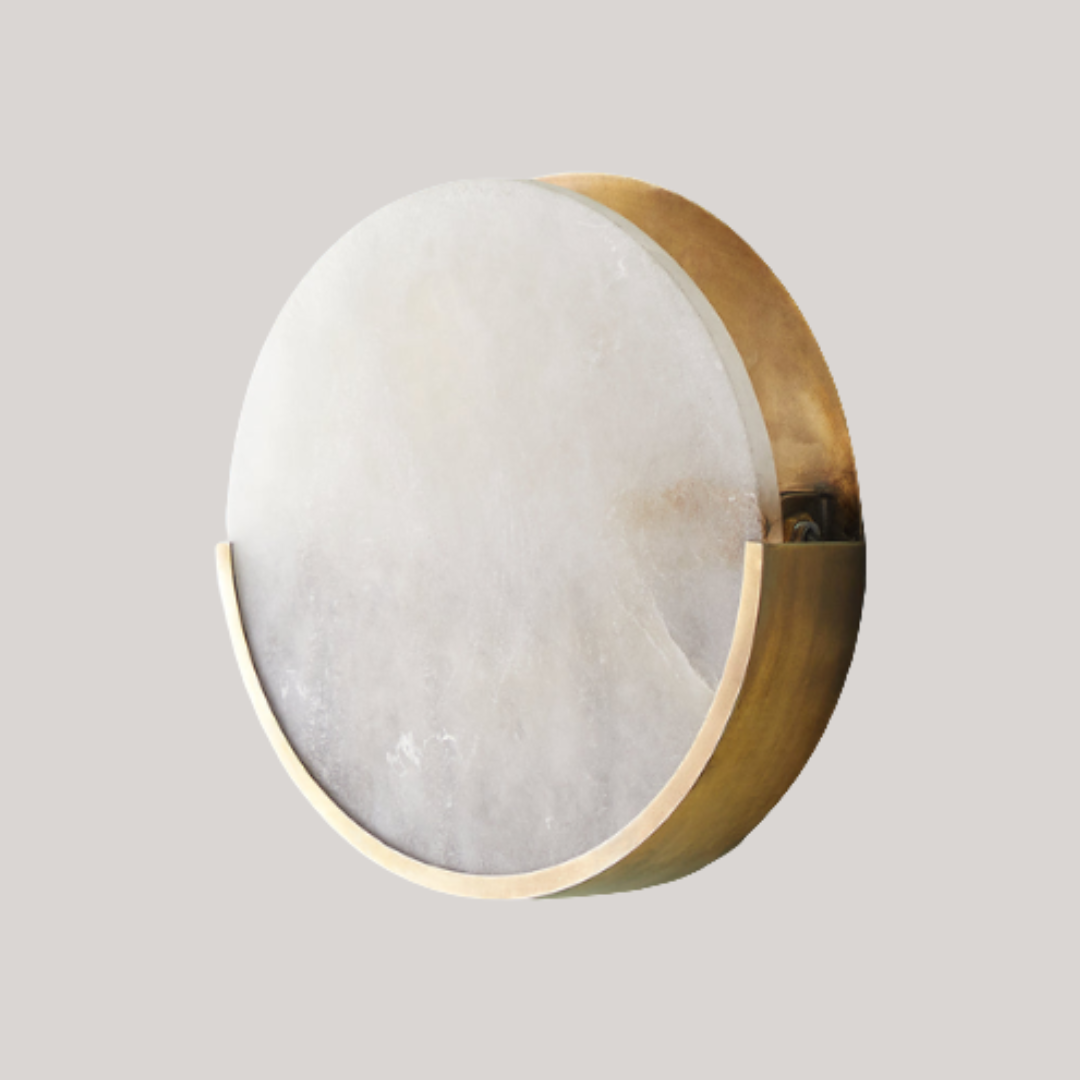"They're Not Always the Most Flattering or Flexible Option" — So, Should You Pick an LED Mirror for Your Bathroom, or Not?
Love them or hate them, LED bathroom mirrors are a hugely popular design choice — I asked the experts for their thoughts on the trend
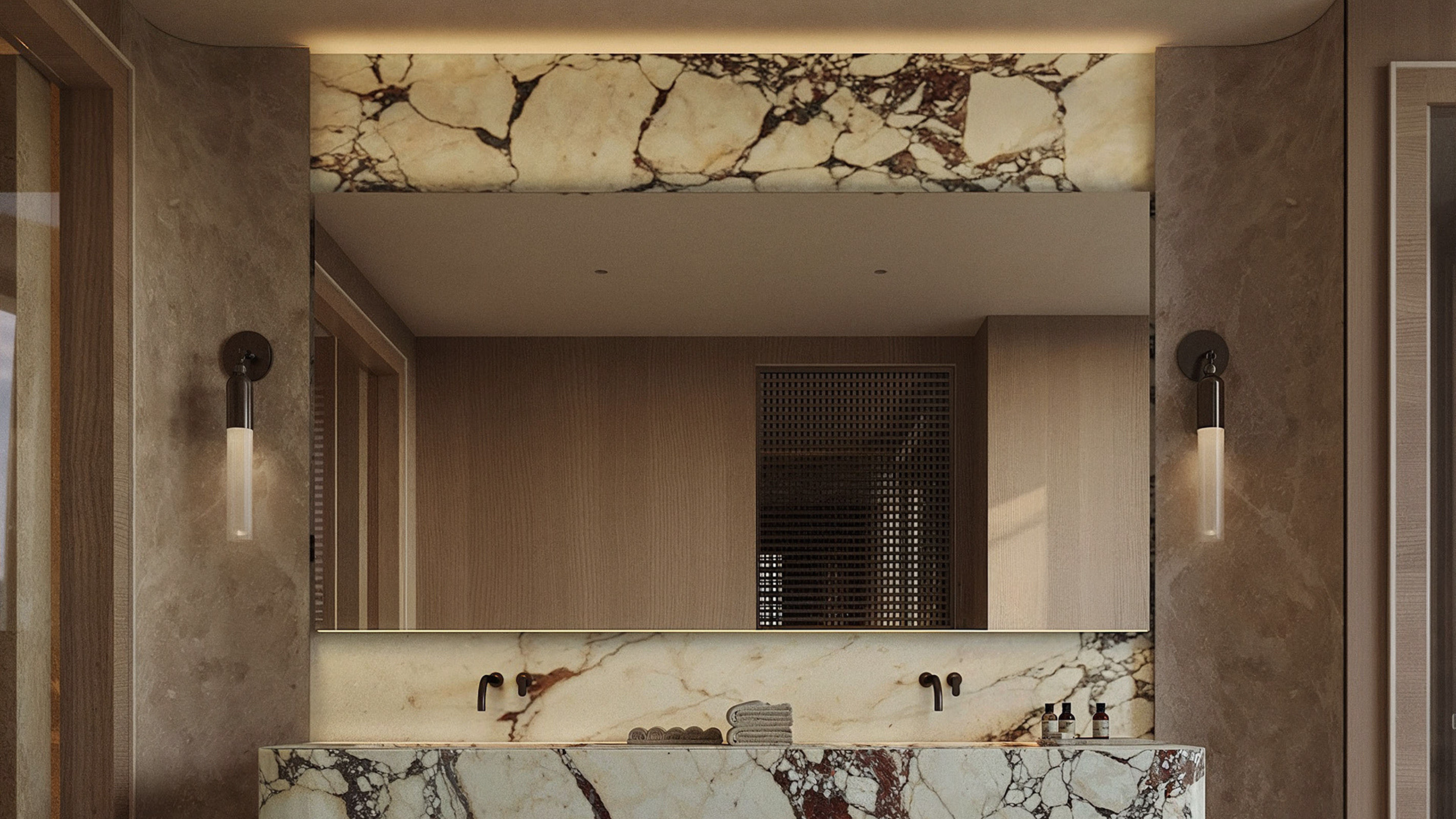

LED lights have, perhaps unfairly, accrued a slightly tainted reputation. But when it comes to lighting up your bathroom mirror, they may be a more useful tool than you could imagine.
In my mind, LED lights have an unshakeable connotation of cringey student bedrooms, as opposed to stylish bathroom mirror trends. I just can't escape the image of exposed strips shrouding a tapestry-clad room in a Hitchcock-esque red glow. However, I've come to learn that it doesn't have to be this way; in fact, when used correctly, LED lights can look good.
As Jo Mann, from Light House Designs, explains, "LED bathroom mirrors have become a go-to choice in modern interiors. They’re sleek, practical, and promise a bright, shadow-free reflection, but they’re not always the most flattering or flexible option on their own. Knowing their strengths and weaknesses helps to design a bathroom that feels both functional and inviting."
So, I asked the experts to delve a bit deeper into these supposed strengths and weaknesses of this type of bathroom lighting, so we can conclude this much-debated bathroom accessory — naff, or necessary?
Jo established Light House Designs in 2010, after gaining considerable experience across a broad spectrum of architectural design and decorative sectors of the lighting industry. Besides a large number of high-end residential projects, she has been responsible for designing lighting design schemes in hotels, spas, restaurants and creative workspaces.
What Are the Pros of LED Mirrors?
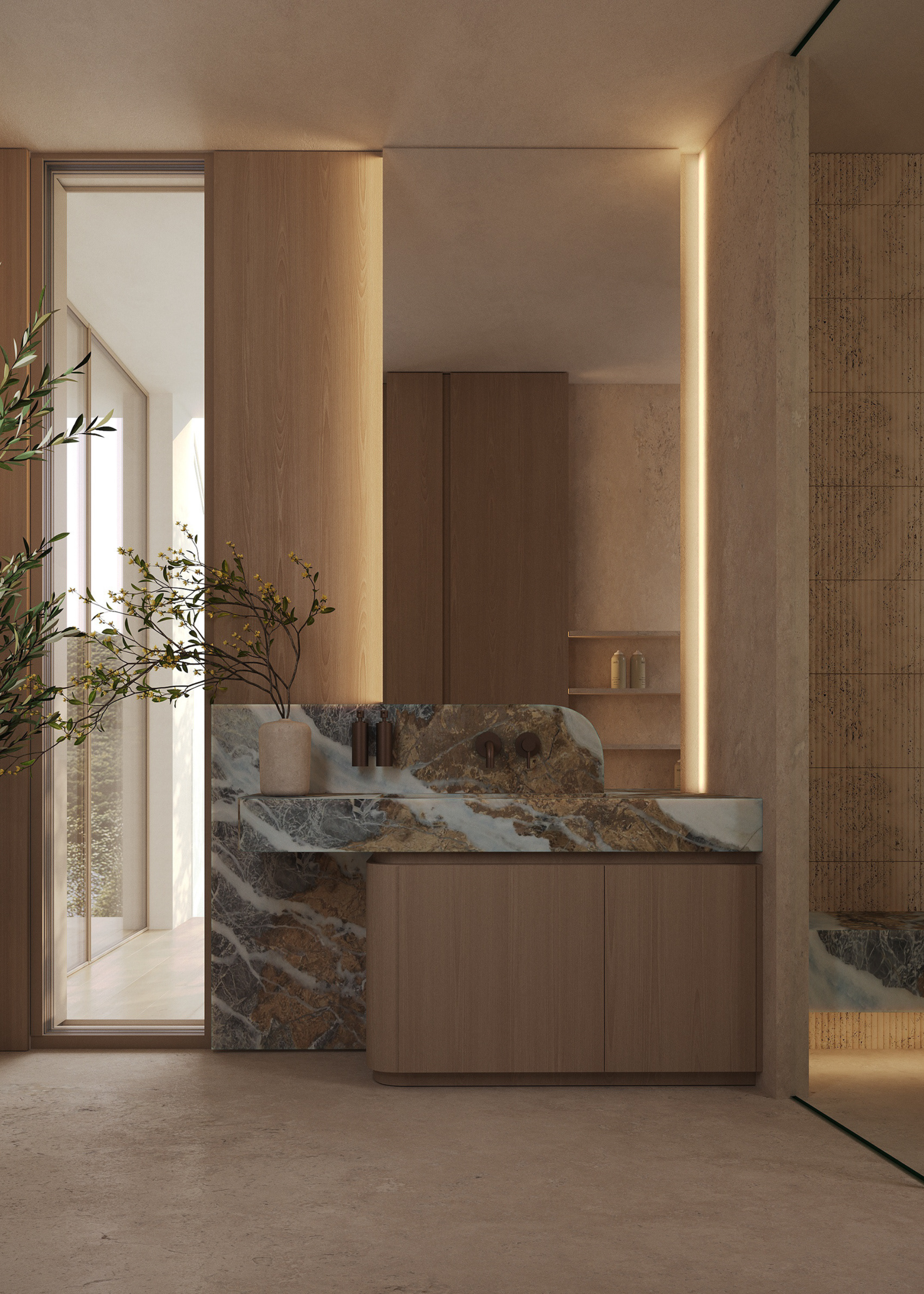
"When you enter a bathroom lit only by the gentle glow of the mirror without harsh ceiling lights, the experience feels more intimate and calming," says Karina.
Even though LED lighting may still have some lingering negative connotations for many of us, you may be surprised to know that the experts have already thoroughly embraced this lighting trend.
"We consistently incorporate LED mirrors into our interior design projects, particularly in bathrooms, and for good reason," shares Karina Diachok, from Diachok Architects.
For many designers and home owners alike, one of the most appealing aspects of LED lighting is the level of control it grants the user. As Karina explains, "Beyond their sleek, contemporary appearance, LED mirrors offer features that significantly enhance both functionality and ambiance. One of the greatest advantages is the ability to adjust brightness and color temperature. This flexibility allows for tailored lighting depending on the time of day, mood, or specific needs: from soft, warm tones for a relaxing evening to bright, neutral light for grooming tasks."
The Livingetc newsletters are your inside source for what’s shaping interiors now - and what’s next. Discover trend forecasts, smart style ideas, and curated shopping inspiration that brings design to life. Subscribe today and stay ahead of the curve.
Having the option to change your lighting depending on the mood can be more impactful than you may realize. These controls let you move between moody, spa bathroom lighting in the evening, and bright, functional light for the first thing in the morning.
This level of control reduces the risk of unflattering or hard-to-see-in mirrors. Jo explains, "LED mirrors provide a strong, even light across the face, which makes them ideal for tasks like make-up or shaving."
The right lighting can completely transform your morning routine, especially when it comes to achieving an even makeup application and, as Karina explains, "Functionally, LED mirrors also outperform traditional fixtures like wall sconces or overhead lights when it comes to face illumination." Overhead lighting in bathrooms and even wall sconces can create unflattering shadows and poor illumination. "In contrast, LED mirrors provide even, front-facing light that highlights the face naturally, something our clients appreciate both for daily use and visual comfort," says Karina.
So often, our light fittings are chosen more for their aesthetic qualities than their practical or functional ones, but with LED mirrors, you can get a bit of both. Typically, designs are so minimalist that they can easily pass as standard mirrors until they are turned on. And as Jo says, "Their integrated design saves space and keeps the look clean and minimal, while their energy efficiency and long lifespan make them a practical investment."
Unlike regular lights, LED lights will not contribute to your energy bills, making them a more affordable and energy-efficient option. Plus, as Betty Kajajian, from John Cullen Lighting, mentions, "Many models also include extras like anti-fog pads, dimming, and touch controls for convenience," so you can get even more for your money.
They can be used in conjunction with regular overhead bathroom lighting to expand your options for illuminating your space, giving you the option to determine the atmosphere depending on the time or mood.
As Karina explains, "In our practice, choosing an LED mirror is never just about the tech, it’s about the mood, the experience, and the human connection to the space. That’s why we see them not as a trend, but as an essential element in creating truly livable interiors."
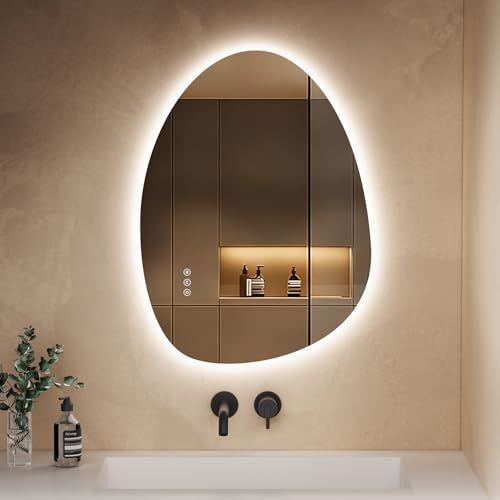
While most LED mirrors tend to rely on pretty basic, simple designs, this one brings some added interest with its asymmetrical shape. It also has three different color temperature settings and is completely dimmable, making it perfect for achieving that spa bathroom feel.
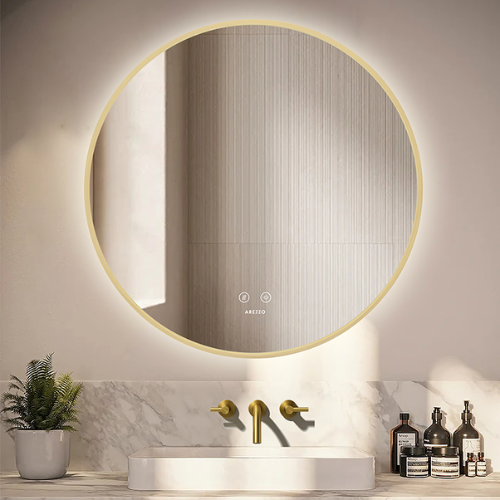
Arrezzo are undoubtedly a more luxurious option, but you'll be paying for the quality with this design. The brushed brass frame and backlit-look lend a more upscale, elegant feel than your regular LED mirror, which will satisfy both your functional and aesthetic needs.
Since 2011, Betty has contributed to a wide range of projects, spanning residential, hospitality, commercial, museum, and public realm sectors across the UK, Europe, and the Middle East. Holding a BA in Interior Architecture and an MA in Photography, Betty brings a distinctive approach to each project, combining her design background with a creative eye. Known for cultivating strong client relationships, Betty ensures that every project is executed with precision and attention to detail.
What About the Cons?
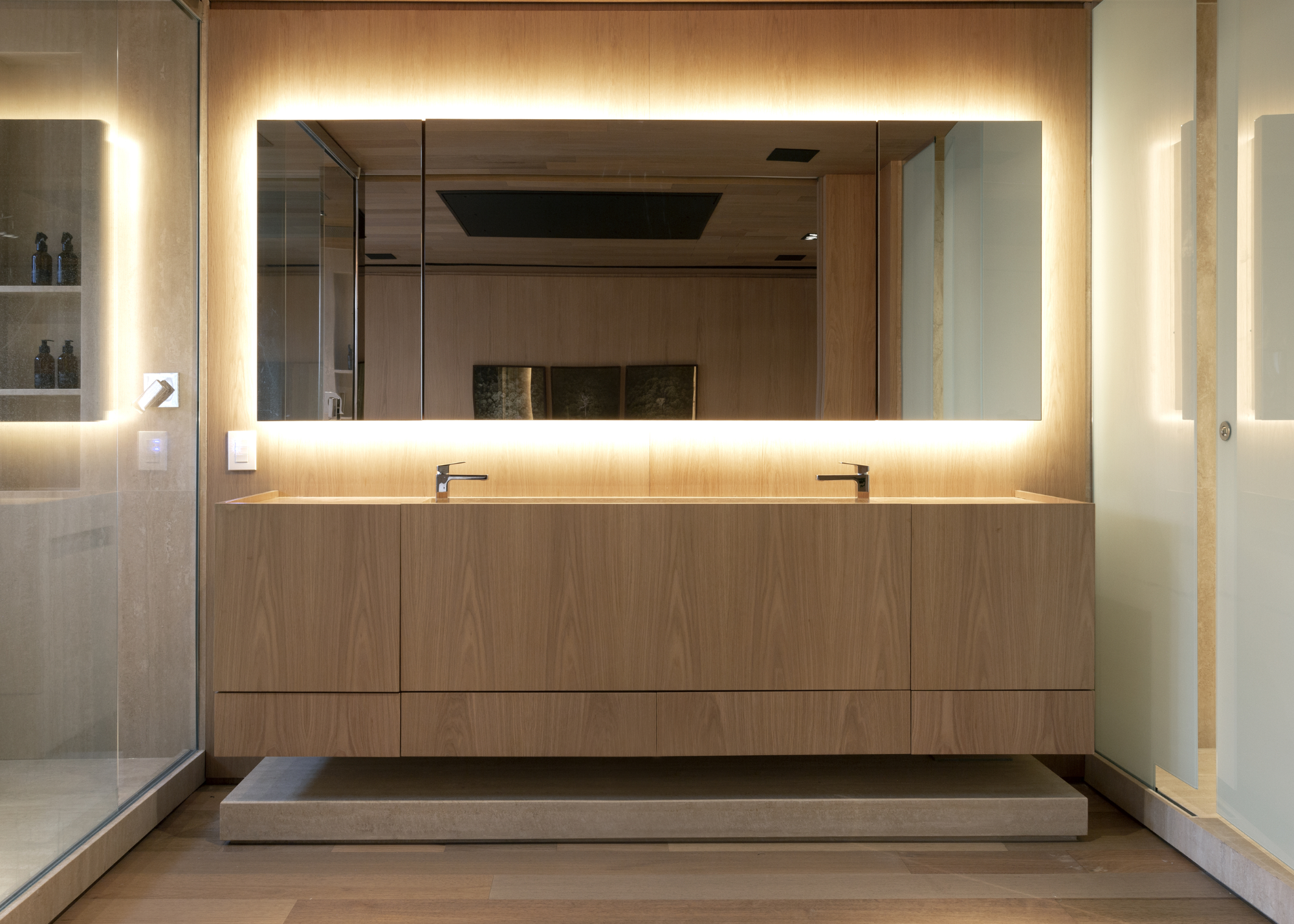
LED mirrors offer a sleek, modern look that may not be preferable in every home.
Now that we've covered all the wonderful pros of these bathroom mirrors, it's time to delve into the less positive side of things, so you can have a fully rounded view before choosing your bathroom mirror.
One particular issue revolves around the type of light these mirrors tend to use. As Jo says, "The issue with many off-the-shelf LED mirrors is that they often use very cool white light, which can wash out skin tones and make the space feel stark." This bright, white kind of light is often used for its functional benefits, but while it may offer great illumination for tasks like makeup, when it comes to making your bathroom feel like a retreat, they'll often falls short.
Plus, the ones that do have softer, more flattering CRIs tend to be more expensive. Karina mentions this and notes that, "High-quality models with color and light intensity adjustment can be more expensive than traditional mirrors, especially when there are a large number of bathrooms in the project."
Cheaper models also often end up sacrificing on style as well, leaving you with a less attractive mirror, with a harsh, bright light source. So, if you're looking for a budget option, you may be better off finding a standard mirror with a nicer finish and bringing additional lights in separately.
Betty goes on to add, "They tend to cost more upfront and may require professional installation for safe wiring in damp bathrooms. If components fail, repair or replacement can be tricky, since many units aren’t serviceable."
Because the light source is built into the mirror, if anything goes wrong or breaks over time, it will be almost impossible to fix the issue without having to replace the entire mirror.
Also, from a purely aesthetic standpoint, these mirrors typically have a more basic, uninspiring look. While this can be useful in a bathroom with other busier design elements, if you're looking for a mirror with some personality, it may be best to look elsewhere.
How to Get the Most From Your Bathroom Mirror
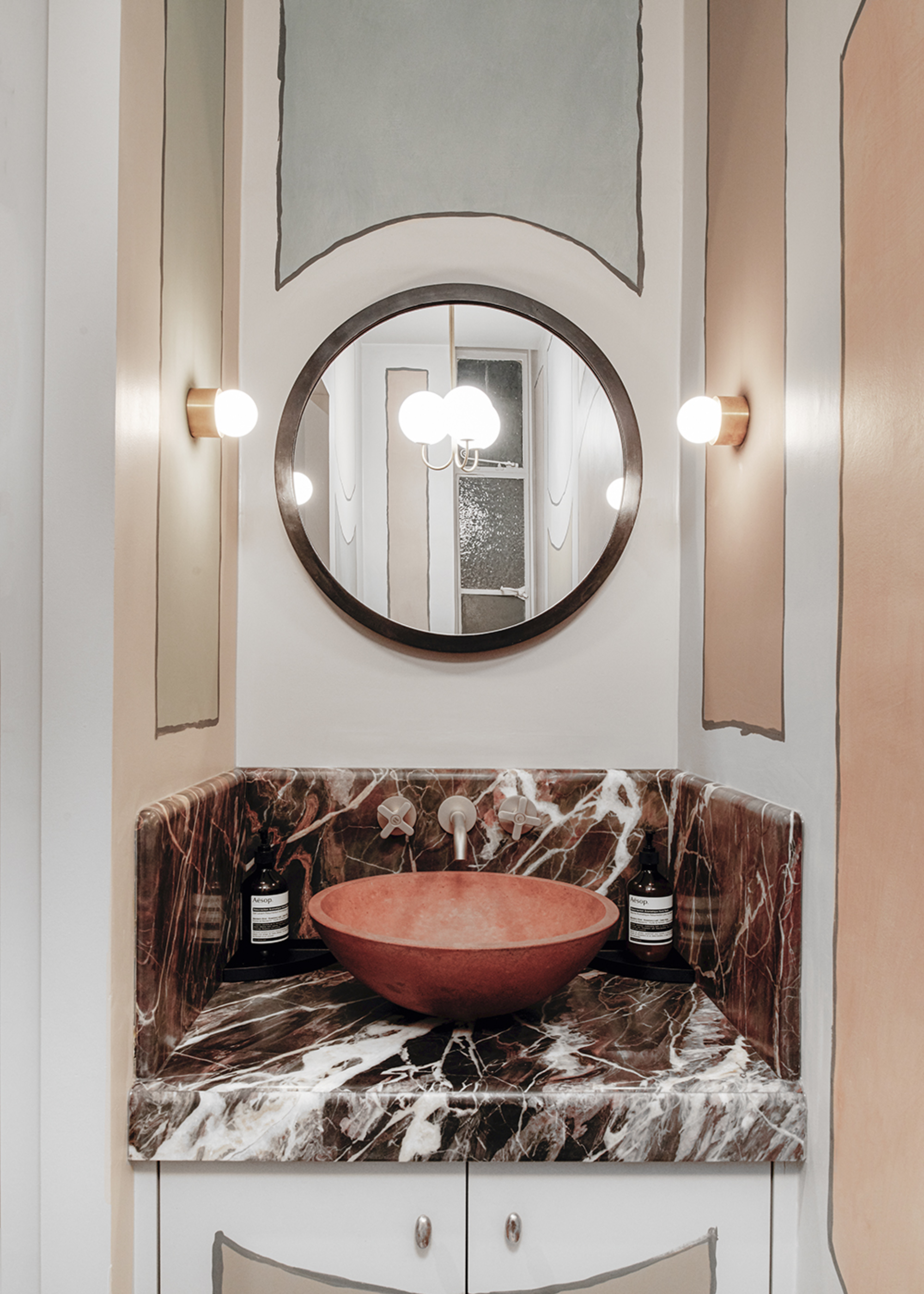
For something with a bit more character, opt for symmetrical wall sconces either side of your mirror.
"To make the most of an LED mirror, add a secondary source of light," recommends Jo, "Wall lights positioned at face height on either side of the mirror will soften shadows and add warmth to the space."
Double flanking wall lights are certainly one of the most popular alternatives to an LED mirror, and can offer a more polished, design-forward look. Betty says, "A good alternative to LED mirrors is to use a regular mirror paired with wall lights on either side of the mirror, which offers flexible design and easy maintenance."
The key to planning a lighting scheme will always lie in the act of layering; the more layered and developed your lighting, the more welcoming and beautiful your space will be. So even if you include an LED mirror, don't rely solely on that singular light source.
"This layered approach means the mirror’s light can be used when precision is needed, while softer wall lights create a calm backdrop for everyday use," explains Jo. "LED mirrors are bright and efficient, but pairing them with ambient wall lighting brings balance and warmth, which can transform a task-led space into one that feels personal and comfortable."
As with many controversial design styles, there are strong arguments on both sides. For a healthy in-between, that is guaranteed to look good, pair your LED mirror with other, more decorative light sources that cast a flattering light in your bathroom.

Maya Glantz is a Design Writer at Livingetc, covering all things bathrooms and kitchens. Her background in Art History informed her love of the aesthetic world, and she believes in the importance of finding beauty in the everyday. She recently graduated from City University with a Masters Degree in Magazine Journalism, during which she gained experience writing for various publications, including the Evening Standard. A lover of mid-century style, she can be found endlessly adding to her dream home Pinterest board.
